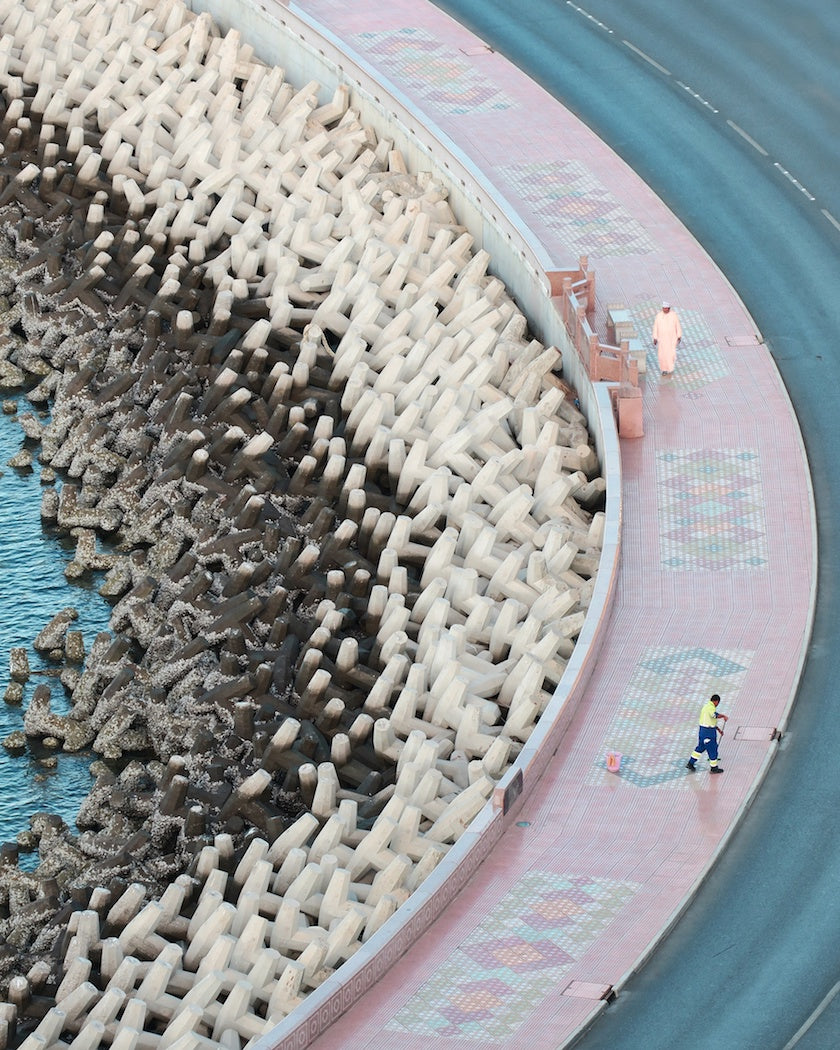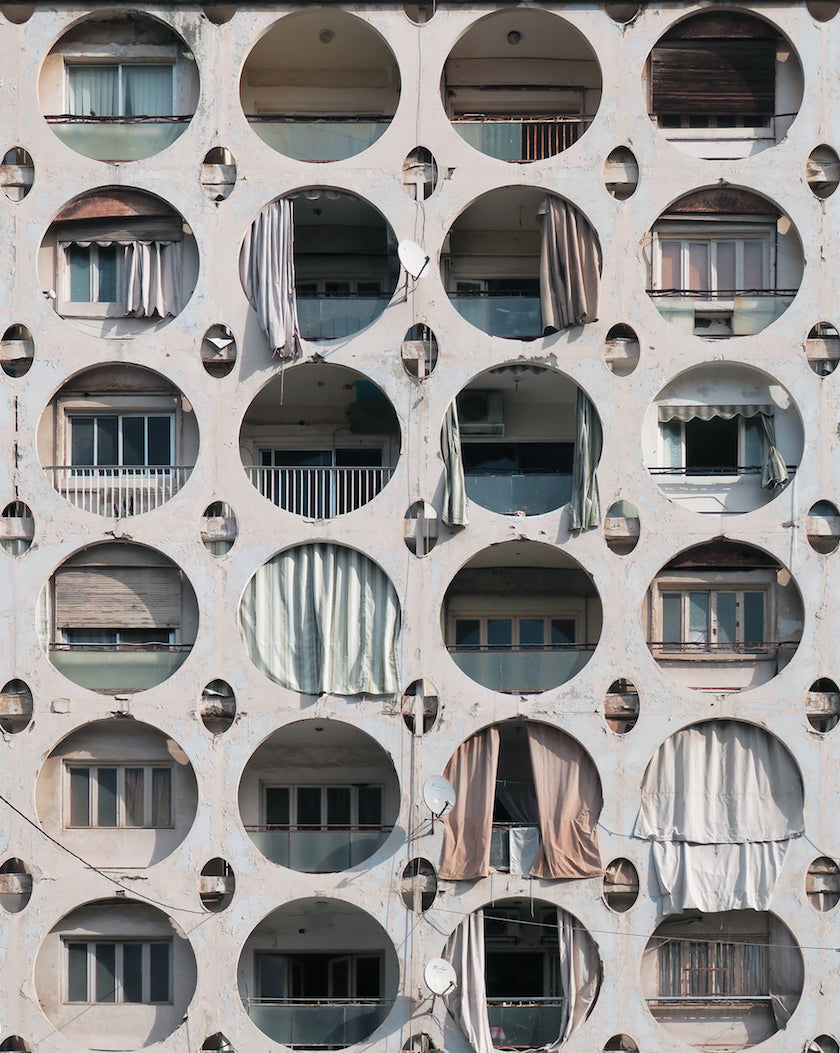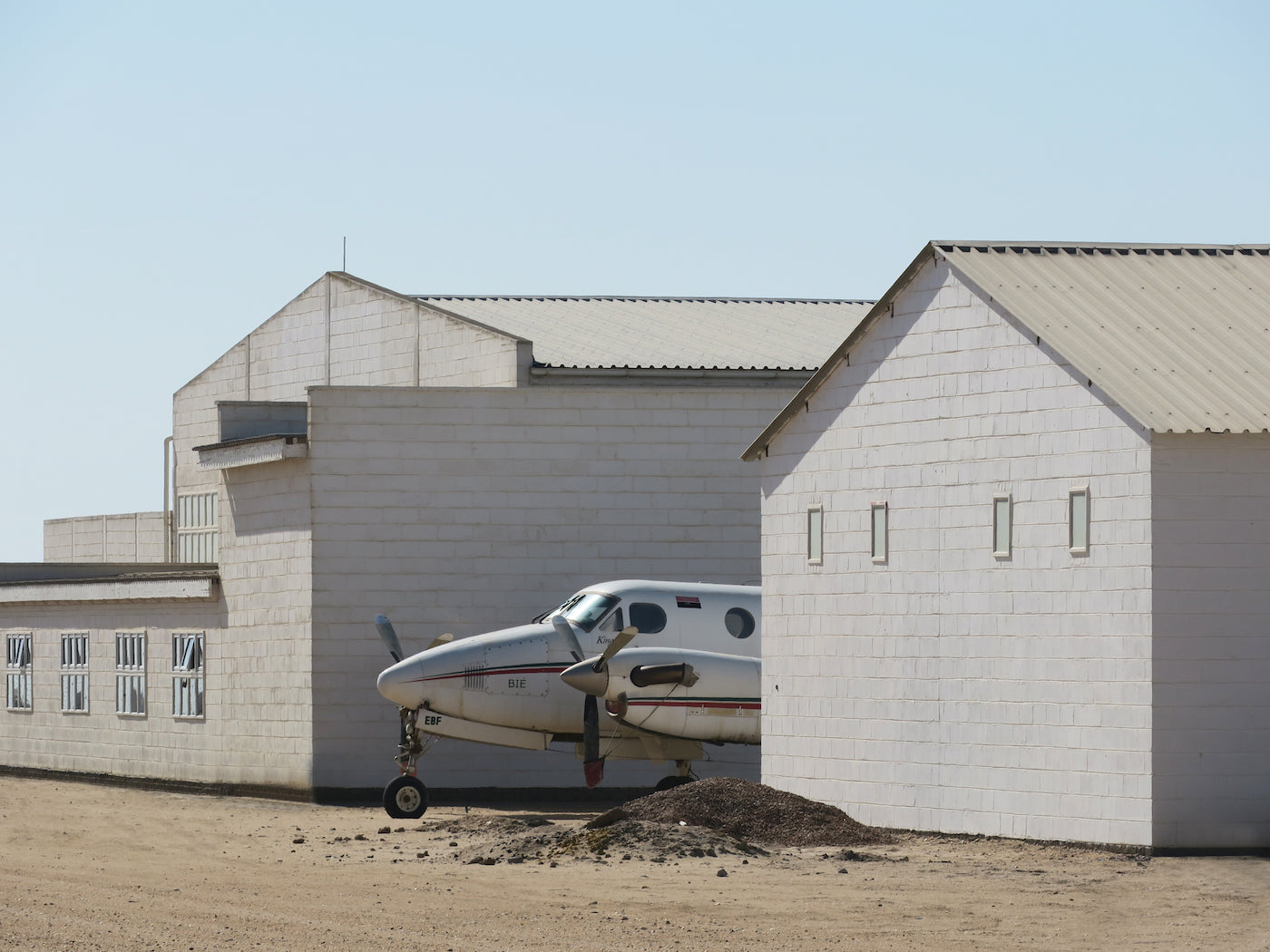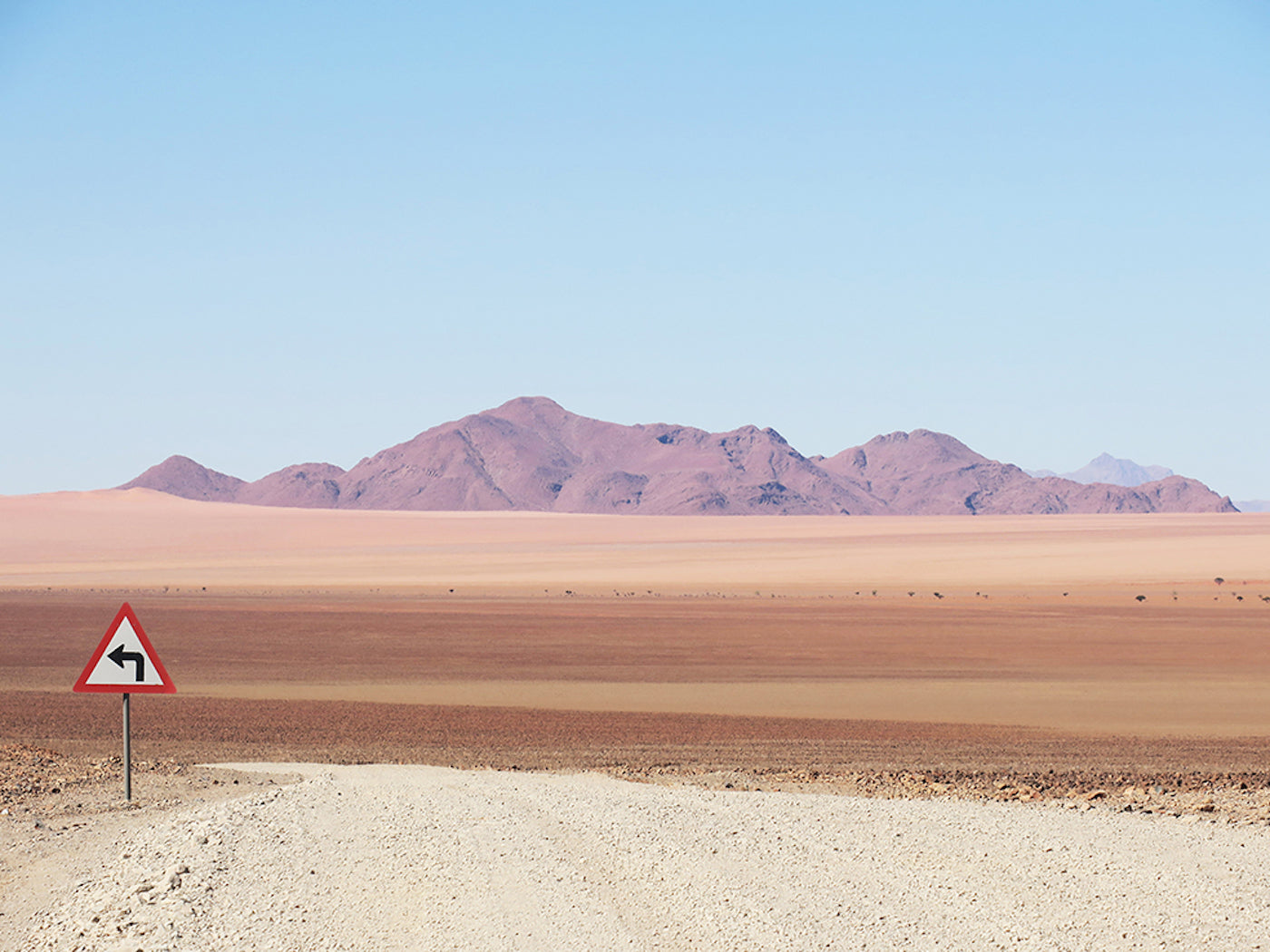Your Cart is Empty
Buy a book, plant a tree.
Searching for architectural uniqueness keeps taking the photographer further and further afield

"Even if you think you know a lot about a place, the experience is always different," says Berlin-based photographer Helin Bereket after recently visiting Lebanon and Oman. Whether looking at road signs in the Namibian desert or concrete tower blocks in Lebanon, she turns unusual settings to extraordinary symmetrical portraits. We find out more about Helin as she opens up to us after returning from a recent visit to the Middle East.
Born in 1983 during a period of political turmoil and coups in Turkey, Helin begins by saying her childhood was problem-free and her family avoided political restrictions. Both her parents were teachers, so getting a good education was important to them. Her parents were very open-minded people, so she had the opportunity to try out many different areas of interest while growing up. This opened the door for more art-based fields. Helin trained to be an architect and worked as one for a couple of years in Istanbul before moving to Berlin in 2008.

There she enrolled at Weissensee School of Art to study her Master's, specializing in Art. This helped add a new dimension to how she saw architecture and landscape. They became more connected and allowed her to work in a more interdisciplinary way with media, such as photography. Not exactly a calling card moment for Helin, but something she knew she was passionate about. In 2015 she started her Instagram account to share some of her work on a daily basis, over time this evolved into her full-time job.
Now an established freelance photographer and visual content creator for the likes of Samsung Mobile, BMW, Issey Miyake, and Scotch & Soda, Helin has carved a space for herself through her ability to blend architecture with art in untraditional settings.
"With the influence of the architecture education I received, I mostly use simple compositions, shapes, and colors. It's possible to see all of these elements separately or together in my photos," Helin explains. She acknowledges her background is evident in her style, it allows her "to look at ordinary things from a different point of view and capture their interesting details." But she is swift to point that her work reflects current interests and how she is thinking at that moment, instead of having a fixed style.
Alongside her commercial portfolio, Helin has turned traveling into an extension of her work. With the exception of the Jewish Museum and the Reichstag dome, she believes Berlin has a tendency to look the same in an architectural sense. Although there are differences and an occasional splash of color, the German capital follows a similar design rule. This has helped fuel her desire to experience new cultures and settings, which is driving her recent stunning work.

Looking further afield to find more distinctive landscapes and subjects are what brought Helin to our attention. Exploring places where architects have more creative freedom is what makes her diligent. Coney Island, Beijing, Iceland, and Ayutthaya are all places of architectural uniqueness that attracted Helin. But in recent months Africa and the Middle East are where she has been spending much of her time.
Helin traveled to Namibia in search of something new and different. She was inspired to visit the country after coming across some stunning locations online like the white clay pan of Deadvlei, the ghost towns of Namibia, plus the point of the country where the desert meets the ocean.
"The country is more than wild animals, spectacular landscapes, and African sunsets," she explains. During her trip, she drove through small towns that felt like a mixture of California and small northern German towns. Its colonized history under the former German Empire from 1884 to 1919 made the place even more of a spectacle for her, many towns still have German signs and street names. They act as a dark reminder of the colonial past and genocide many African countries experienced under European rule.

Helin spent a lot of time on the road whilst in Namibia, she says she covered 2500 miles in just over two weeks. "I had enough time to notice the road signs along the way. I liked the contrast between the endless deserted landscapes and the road signs as a symbol of civilization, and I liked how they appeared like foreign bodies in their surroundings," she recalls. Once back in Berlin and looking through her photos, Helin began to notice a pattern, road signs were appearing everywhere.

She made a spontaneous decision to start a series around road signs and civilization. Unexpected Hermits was born, which shows the wickedness of the desert and the otherworldly landscape which surrounds it. What makes the series captivating is its ability to give a surreal sense of being on a different planet, but also bringing you back down to reality with reappearing road signs.
Helin plays around with parking, vehicles, and movement with her photography. Exploring these subjects in Africa and the Middle East was an extension of previous projects in Europe. Where one might see a Mercedes and Mazda, Helin sees order, dysfunction, and perspective around these vehicles. She likes how they look like toys when viewed from tower blocks or distance in the desert. Plus they are great subjects to fill her obsession with clear composition and geometric shapes. Combining travel and architecture, Helin has created an intriguing medium to tell stories through.

We finish up by asking Helin what she loves most about driving. She told us, "The funny thing about my images of vehicles and road trips is that I don't actually drive." But that hasn't held her back from traveling to experience new cultures, landscapes, and architecture. She told us, "The best thing is getting rid of your prejudgments and start exploring new places."
Explore a selection of gestalten travel and architecture titles.